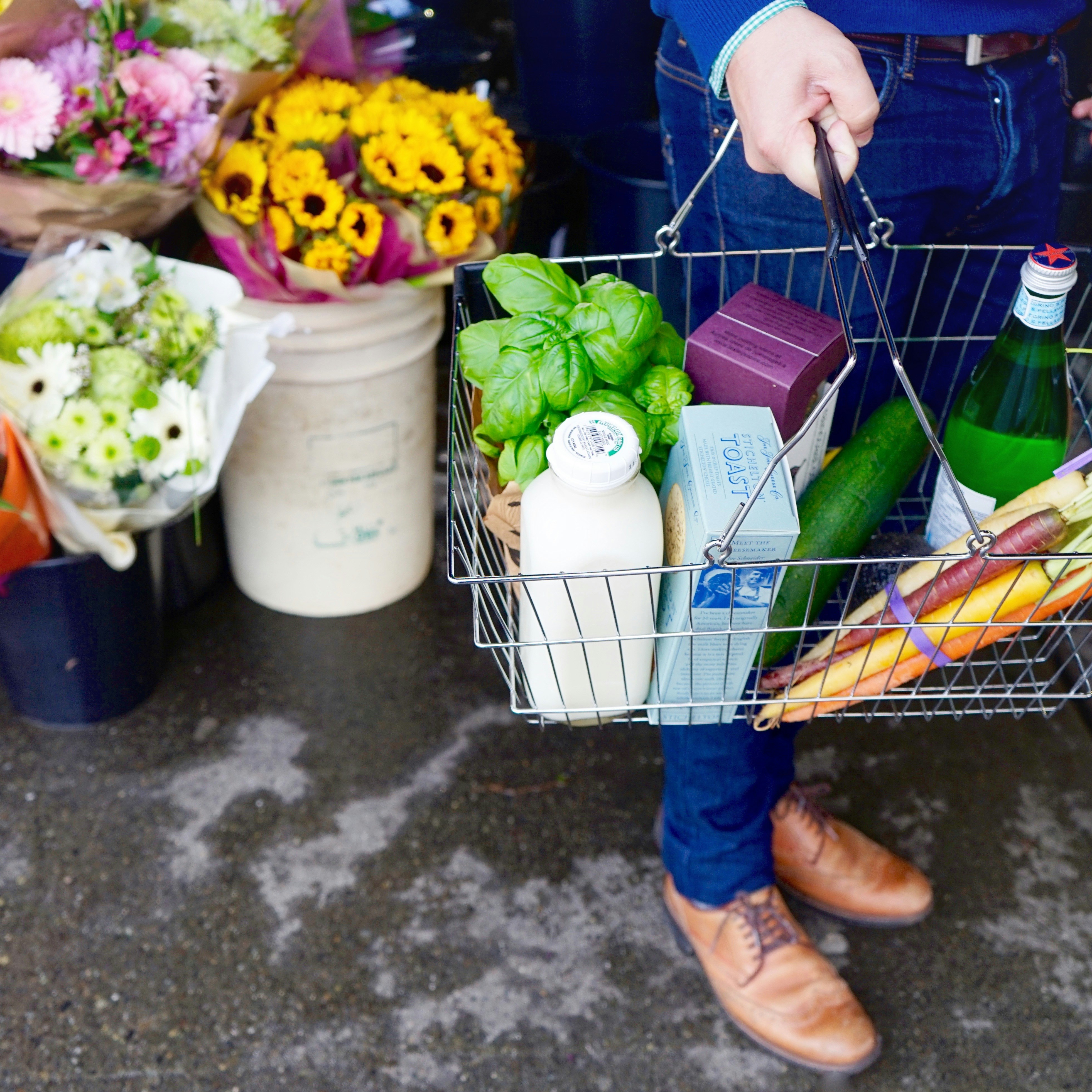In today’s rapidly evolving retail landscape, digital advertising has become a cornerstone for customer acquisition for both online and, more importantly, in-store sales.
With the rise of online browsing and the decline in traditional print media, engaging and converting customers through digital channels is more important than ever. Print advertising, while still valuable, is increasingly an in-store-only tool while digital is taking over as the way of bringing shoppers to the store.
In this blog, we’ll explore the tradeoffs between digital display networks, the potential of social media platforms, and the challenges of third-party shopping apps such as Flipp, Instacart, and DoorDash. By understanding how your shoppers engage with these channels, retailers can enhance their strategies on engaging and converting shoppers.
What are digital ad channels?
Digital ad channels are online platforms that enable businesses to reach their target audience through various digital media formats, including text, images, and videos. Their importance lies in the ability to target specific audiences with precision, track performance in real-time, and adjust strategies for optimal results.
Among the key types of digital ad channels are:
- Display networks, which use algorithms to place ads on relevant 3rd party websites.
- Social media platforms like Facebook and Instagram, which allow for targeted ad campaigns and real-time engagement to build brand loyalty.
- Third-party shopping apps like Flipp, Instacart, and DoorDash, which offer personalized and convenient shopping experiences for customers while providing retailers with advertising opportunities.
Diving into display networks…
Display networks are advertising platforms that allow businesses to reach a broad audience by placing ads on a wide array of websites. Examples include the Google Display Network and Microsoft Audience Network, both of which offer extensive reach and high visibility for your ads. These networks provide advanced targeting options, enabling businesses to tailor their ads based on demographics, interests, and even geographic locations.
Display networks also excel in retargeting capabilities, allowing marketers to re-engage users who have previously visited their website. With features like dynamic ads and video, businesses can create engaging and visually appealing advertisements that capture potential customers and drive conversions.
Diving into social media ads…
Facebook and Instagram ads are powerful platforms that enable businesses to reach a highly targeted audience through localized options such as age, interests, and behavior. These platforms are known for their high engagement rates, allowing businesses to connect with users more effectively. The ads on Facebook and Instagram are visually appealing and interactive, providing various formats to engage users.
However, the rising costs of advertising on these platforms and the need for continuous content creation can be challenging for businesses. As a retailer, your marketing experts will need to stay on top of the latest trends to continue creating relevant content and growing your online brand.
Diving into third-party shopping apps…
These platforms attract customers through their unique content or user experience, subsequently selling advertising space to brands and retailers. These apps, such as those found in mobile shopping and gaming, provide access to niche audiences.
However, they often offer more limited targeting options compared to display networks and social media platforms. Ad visibility within these apps can vary, and potential integration issues may arise. Additionally, there is typically limited data available on audience demographics and customer behavior, raising questions about customer ownership and conversion points. Despite these challenges, third-party shopping apps present valuable opportunities for reaching specific customer segments through targeted in-app advertising.
What’s the difference?
When comparing display networks, social media ads, and third-party apps, each offer unique advantages and considerations for digital advertising.
Display networks, such as Google Display Network, provide the broadest reach and visibility by placing ads across numerous websites. Facebook and Instagram also offer extensive reach, leveraging their vast user bases, and excel in detailed targeting capabilities, allowing for precise audience segmentation based on age, interests, and behavior. In terms of engagement, Facebook and Instagram lead with their interactive and visually appealing ad formats, driving higher user interaction. While these social platforms may come with higher costs per click (CPC), they often yield a high return on ad spend (ROAS) due to their targeted approach. Display networks, with their competitive CPC rates and variety of ad formats including dynamic and video ads, offer versatility and cost-effectiveness. Third-party apps provide access to niche audiences with unique content experiences but generally have limited targeting options and variable ad visibility.
Ultimately, the best choice depends on your specific marketing goals and target audience.
How do you choose the right channel for your business?
The most critical question is whether you can track the entire customer journey from initial contact to conversion. Understanding who owns the customer data is also crucial; determining if the customer belongs to your brand or the third-party app can impact long-term relationship building and marketing strategies. Having the data and insights to measure the effectiveness of your campaigns is essential for optimizing performance.
Consider whether it’s more beneficial to bring your audience directly to your site or mobile app, rather than relying on third-party shopping apps to find them. Additionally, assess your target audience, budget constraints, and the type of product or service you are promoting. Evaluate the cost and resources needed to manage your campaigns effectively—do you have the right people and technology in place? Also, consider that the best performing ads are the ones that have dynamic creative content, deliver engaging information that is relevant to the shopper at the right time and place. Companies like Red Pepper can provide valuable support in this area. Lastly, continuous monitoring and analysis of performance are key to making informed adjustments on the fly and achieving the best results.
If you’re interested in exploring new strategies through engaging digital ads to drive shoppers to your website, e-commerce, and in-store, get in touch with us or request a demo.





